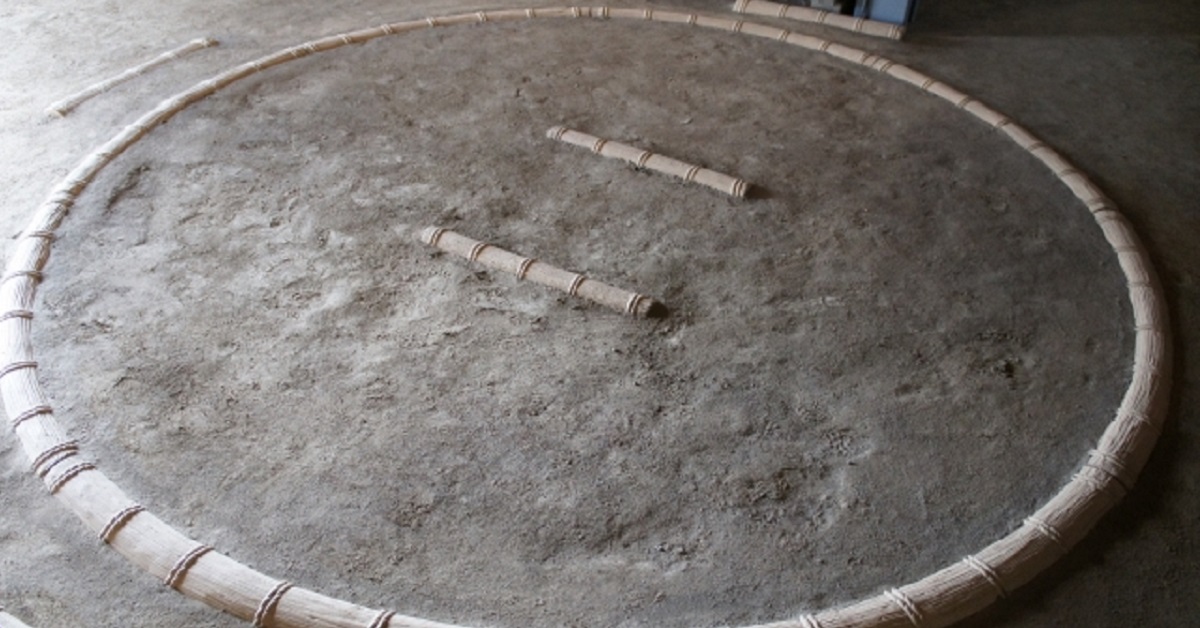Jōnidan is the second-lowest division in professional sumo, positioned just above Jonokuchi. For many wrestlers, it is the first real step toward climbing the ranks, where they refine their skills, build physical strength, and adapt to the traditions of the sumo world. For foreign fans and wrestlers, understanding Jōnidan provides valuable insight into how careers in sumo truly begin.
Overview and Role of Jōnidan
Jōnidan ranks second from the bottom on the banzuke (sumo ranking list). Wrestlers who have completed the Jonokuchi stage join this division to aim for the next goal, Sandanme.
At this stage, great emphasis is placed on ring etiquette, match strategy, and body conditioning. Compared to brand-new wrestlers who have just passed the new recruit examination, Jōnidan wrestlers are already used to the basic movements and have more match experience. However, to reach higher divisions, they still need to further improve their skills and consistency.
Jōnidan’s Position in the Ranking Structure
The table below shows Jōnidan’s place within the sumo world.
| Division | Rank Position | Characteristics | Promotion Criteria |
|---|---|---|---|
| Jonokuchi | Lowest | Debut division for new recruits | Promoted to Jōnidan with good results |
| Jōnidan | Second from the bottom | Stage for building technique and strength | Promoted to Sandanme with good results |
| Sandanme | Middle division | Stable skill and record | Aim for Makushita |
| Makushita | Lower bound of upper divisions | Just before becoming a sekitori | Aim for Jūryō |
| Jūryō | Lower sekitori rank | Salary provided | Aim for Makuuchi |
| Makuuchi | Highest division | Includes Yokozuna and Ōzeki | Maintain wins for rank retention |
Growth Elements Required in Jōnidan
| Area of Growth | Description |
|---|---|
| Technical | Intensive training in basic yotsu-zumo (grappling) and oshi-zumo (pushing) |
| Physical | Improving explosive power and stamina |
| Mental | Adapting to pressure and maintaining focus |
| Cultural Understanding | Learning Japanese language and sumo etiquette |
Significance for Foreign Wrestlers
For foreign wrestlers, Jōnidan is more than just a rank—it’s an opportunity to deeply immerse themselves in Japanese culture. Outside of training, they learn stable (heya) discipline and etiquette through communal living. Because their physique and prior wrestling experience often differ from Japanese wrestlers, they also face unique challenges in skill acquisition.
The following table outlines common challenges foreign wrestlers face in Jōnidan and suggested responses.
| Challenge | Response |
|---|---|
| Communicating in Japanese | Learn everyday conversation, use interpreter support |
| Differences in daily routine | Understand and follow stable lifestyle rules |
| Different training methods | Learn directly from stablemasters and senior wrestlers |
Number of Wrestlers and Factors of Change
The number of wrestlers in Jōnidan is not fixed and changes each tournament depending on promotions, demotions, and new entrants. Promotions and demotions are determined by winning or losing records, and even within Jōnidan, the skill levels vary greatly.
For example, in one tournament there may be around 150 wrestlers, but in the next, the number might drop to about 120.
Promotion and Demotion System Based on Performance
| Record | Outcome |
|---|---|
| Winning record (4 wins or more) | Chance of promotion |
| Losing record (3 wins or fewer) | Risk of demotion |
| Undefeated | Possible significant promotion |
| No wins | Likely significant demotion |
Conclusion
Jōnidan is the real gateway to growth in the sumo world. For foreign wrestlers, it is a place to develop technique, physical strength, and mental toughness all at once. The experience gained here serves as a foundation for advancing to Sandanme, Makushita, and eventually becoming a sekitori. Because the number of wrestlers is fluid and competition is fierce, each bout has a direct impact on the future.





コメント